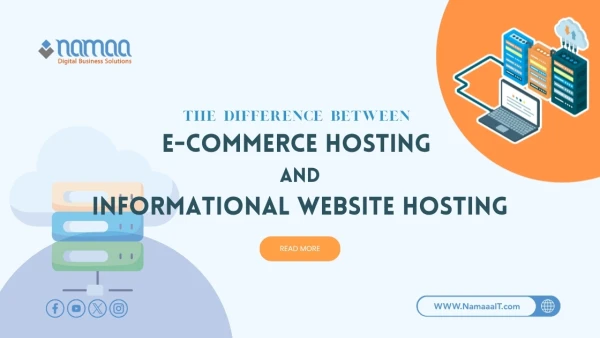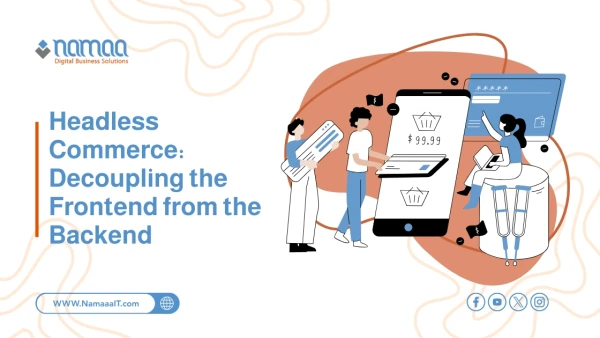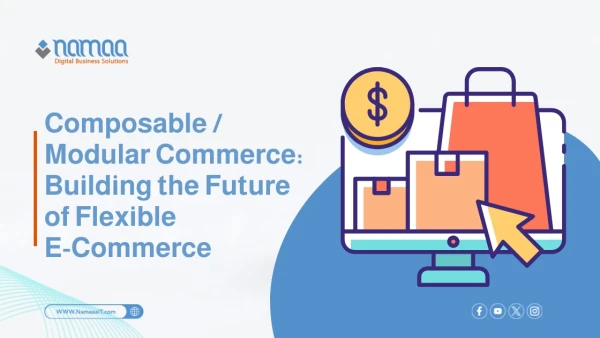From playing music to buying household items, now it’s enough to simply say what you want, and it shows up at your doorstep. But the real question remains: Are people actually shopping by talking? Is voice really a main sales channel or just a side experiment?
In this article, we place voice commerce under the microscope—from consumer behavior to the role of technology—to determine whether the future will be built by voice, or if it’s just more noise than action.
What is Voice Commerce?
Voice commerce refers to the process of buying and selling products or services through voice commands using digital assistants like Alexa, Siri, Google Assistant, and others. The idea is simple: instead of browsing a website or an app, the user just says what they want to purchase, and the voice assistant either completes the purchase or guides them to the next steps.
At first glance, it may seem like a luxury, but this technology is quickly becoming part of the daily routine for millions of people.
At its core, voice commerce relies on AI, speech recognition, and the integration of voice commands with payment and delivery systems. For example, someone could say: “Order paper towels from Amazon,” and the assistant would analyze the request, search for a matching product based on purchase history or preferences, and either show it or purchase it directly if settings are enabled.
Compared to traditional shopping methods, the voice commerce user experience is drastically different—no menus, pages, or clicks. Everything is based on speed, brevity, and voice interaction. However, it requires high accuracy in voice recognition, context understanding, and integration with payment and delivery details.
Though the market is still developing, user adoption is accelerating, especially with the advancement of AI and the increasing number of smart devices at home. Voice commerce is not just a new channel—it represents a shift in how we interact with technology and redefines the meaning of “quick shopping.”
How Does Voice Commerce Work?
The voice commerce process might look simple from the outside, but behind the scenes, it involves a series of complex technical steps.
It begins when the user issues a voice command like: “Buy low-fat milk” or “Book a car wash appointment.” The voice assistant listens, processes the command using Natural Language Processing (NLP), and tries to accurately interpret the user’s intent.
Once understood, the system moves to the next step: identifying the product or service. This is done by searching databases—whether on an online store like Amazon or a connected local service. If the user has a purchase history or preferred items, the system uses that to speed things up and offer the right suggestions.
Then comes the confirmation step. The voice assistant usually repeats the interpretation, like: “Do you want to buy a pack of low-fat milk from Brand X for 10 riyals?” The user can then confirm, reject, or ask for another option.
Upon confirmation, the order is processed immediately. This includes deducting the amount from a linked payment method (credit card, Apple Pay, etc.) and sending a confirmation via email or phone. Sometimes, identity verification is required via a code or pre-recorded voice.
The biggest challenge here is accuracy—any misinterpretation can lead to wrong purchases or undesired actions. That’s why companies are constantly working to improve security and the user experience, while ensuring easy refunds and changes.
Ultimately, voice commerce aims to minimize shopping steps and make purchases happen with a single word.
Discover: The Role of Influencer Marketing in the Success of Niche E-Commerce
read more: Data-Driven Product Launch Plan for E-commerce Stores
Benefits of Voice Commerce for Consumers and Businesses
Voice commerce clearly offers consumers advantages—but it also opens major opportunities for businesses.
For users, speed is key. Instead of opening apps or navigating multiple screens, a complete order can be placed in seconds. This isn’t just because steps are removed—it’s also due to AI learning user habits and automatically suggesting suitable options.
Convenience and simplicity are also major factors. Busy individuals or those with difficulties using devices (like seniors) find voice commands a natural, accessible way to interact with technology. It also allows multitasking—shopping while cooking, driving, or doing chores—saving precious time.
For businesses, the advantages are just as significant. Voice commerce opens a new, direct communication channel with customers. It helps collect precise behavioral data, which can enhance service quality, personalize products, and build loyalty.
Brands that invest early in voice tech also gain a digital presence that’s hard for competitors to replicate—especially if their name becomes tied to specific voice commands.
There’s also the potential for cost reduction. Over time, voice interactions can reduce the need for human support or complex user interfaces, saving companies considerable budgets. Since voice technology is still expanding, adopting it early offers a chance to stand out in a crowded market.
How to Prepare Your Online Store for Voice Commerce
Adapting your online store for voice commerce is no longer optional—it’s an urgent step to stay competitive. If you run an e-commerce business, starting now can give you a strong edge:
- Optimize your store’s data structure for voice search. Use clear language, detailed product descriptions, and long-tail keywords that reflect how people actually speak, like: “Where can I find organic coffee?” instead of just “coffee.”
- Ensure your products are compatible with major voice platforms. Some stores integrate directly with Amazon Alexa or Google Assistant, requiring you to connect your catalog to APIs that allow smooth data access and command execution.
- Your site’s performance must be fast and streamlined since voice commands don’t allow the same back-and-forth flexibility as traditional browsing.
- Another key factor is having secure, flexible payment methods that can integrate with voice assistants, like Apple Pay or Google Wallet. This requires reviewing your current system to ensure voice-order compatibility and identity verification.
- User experience is vital. Test different scenarios: What happens if a command is misunderstood? Are there smart responses that help users adjust their requests? Does the assistant's voice sound professional? These details make a difference.
- Enhance the post-purchase experience via voice too—order confirmation, shipment tracking, return requests. If you offer a smooth, voice-driven journey from start to finish, your store will be ready for an era where shopping is done by speaking—not clicking.
Frequently Asked Questions
1. Does voice commerce support the Arabic language?
Yes, some voice assistants like Google Assistant and Siri now support Arabic. However, the quality varies by dialect and still needs improvement for accurate command recognition.
2. Can voice commerce be used for non-physical services like appointments?
Yes, it can be used to book doctor appointments, salon visits, or even travel tickets—if the service is integrated with a voice assistant.
3. Is voice commerce suitable for all product types?
No. Products that require visual comparison or complex specifications (like electronics) aren’t ideal. It’s best suited for routine and repeat purchases.
4. Are there security concerns with voice shopping?
Yes, such as accidental commands or account hacking. It’s recommended to enable voice verification features or require passcodes for sensitive transactions.
5. Can small local stores use voice commerce?
Yes, if they’re linked with platforms that support voice commands like Google Business Profile or Amazon Local, they can benefit from voice tech easily.
Summary
✅ Voice commerce is a shopping method based on voice commands via digital assistants like Alexa and Google Assistant—and it's growing rapidly.
✅ The process starts with understanding the voice command, then identifying the product, confirming, and finally paying with a linked method.
✅ Benefits include speed, convenience, and reaching broader audiences—while offering companies new ways to build loyalty and reduce costs.
✅ Preparing your store requires optimizing for voice search, integrating with voice systems, and ensuring a seamless, secure voice experience.
✅ The future is promising—but success relies on understanding user behavior, investing in technology, and delivering an effective, smooth voice experience.









